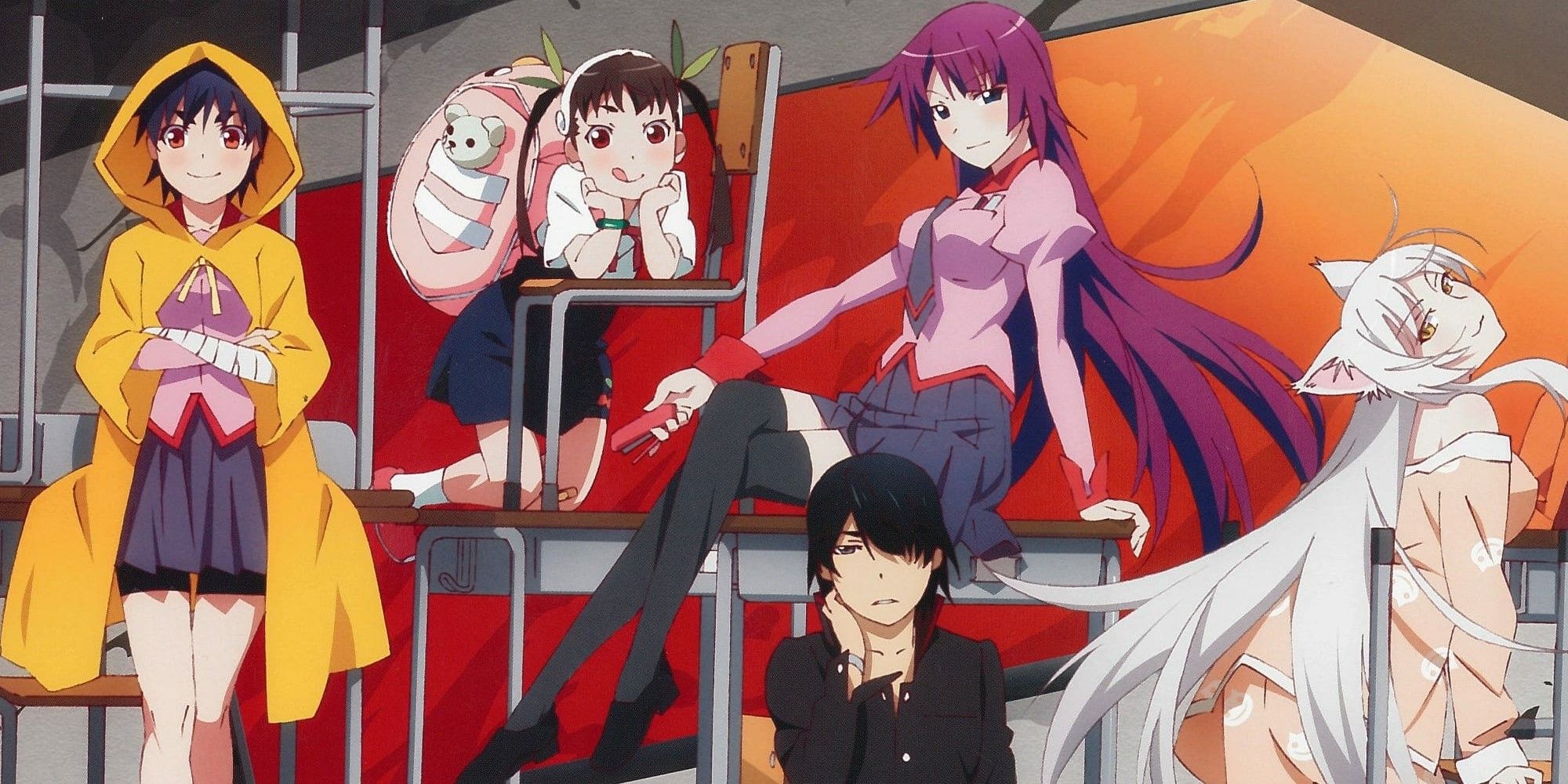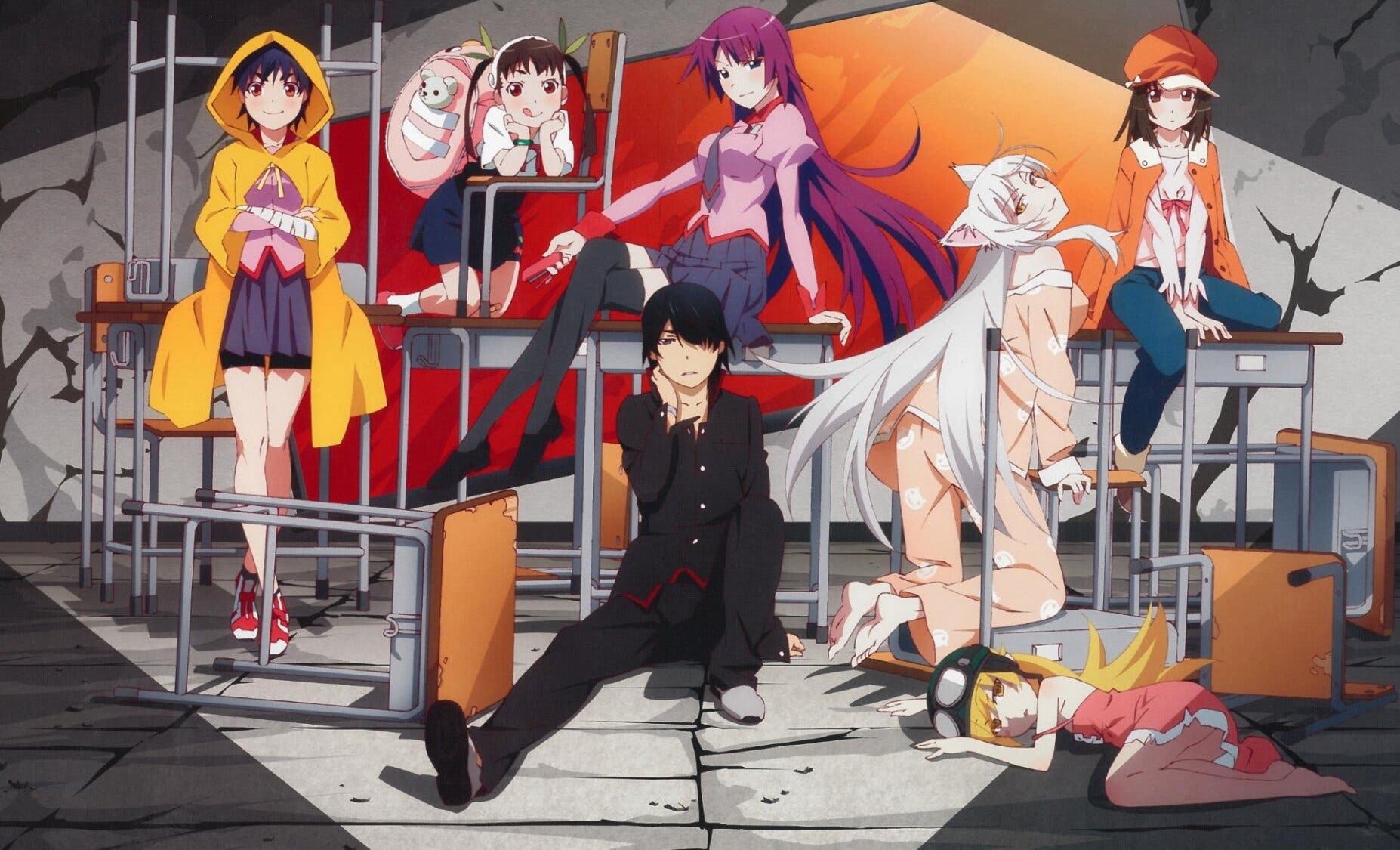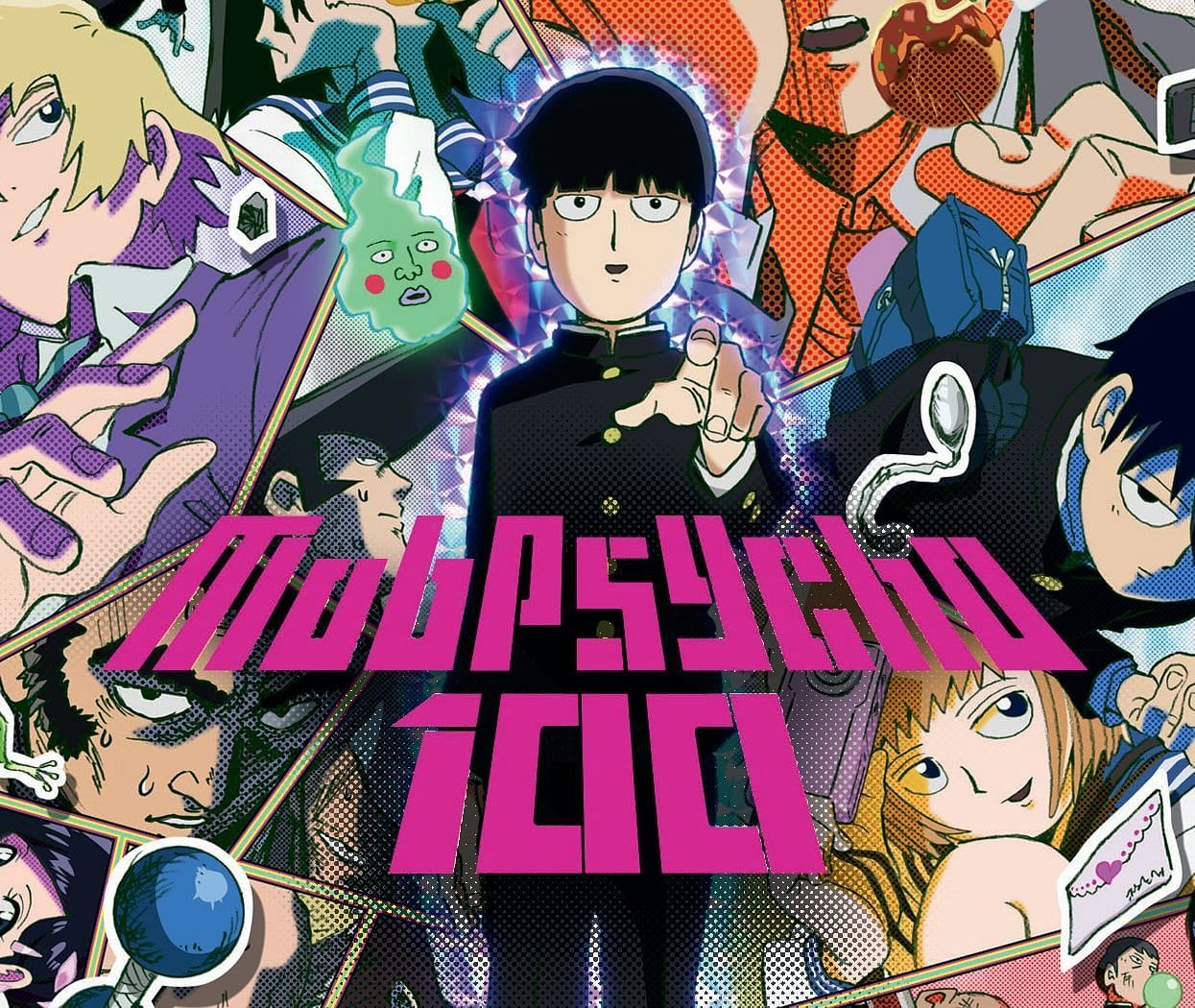Monogatari series manga totally flips the script on your average shonen manga. Forget brooding heroes and epic battles; this series is all about witty dialogue, mind-bending mysteries, and seriously stylish visuals. We’re diving deep into the crazy world of Araragi Koyomi and his supernatural encounters, exploring everything from the quirky characters and their complex relationships to the unique artistic style that makes this manga so unforgettable.
Get ready to unravel the enigma that is the Monogatari universe.
From the initial encounters with bizarre creatures to the evolving relationships between Araragi and the captivating female leads, the Monogatari series offers a unique blend of supernatural elements, psychological depth, and sharp humor. We’ll unpack the intricate plotlines, analyze the character development, and dissect the artistic choices that make this series stand out. Prepare for a wild ride through a world that’s both fantastical and relatable.
Notice berserk manga new chapter for recommendations and other broad suggestions.
Monogatari Series Manga: A Deep Dive
Yo, what’s up, manga heads? Let’s break down the
-Monogatari* series, a crazy ride of supernatural shenanigans, witty dialogue, and characters that’ll stick with you longer than that awkward freshman year crush. This ain’t your average high school drama; we’re talking vampires, apparitions, and a whole lotta bizarre situations. Buckle up, ’cause it’s gonna be a wild one.
Series Overview, Monogatari series manga
The
-Monogatari* manga follows Koyomi Araragi, a high school student who gets tangled up in the supernatural world after being saved from a vampire attack. The series is a collection of interconnected stories, each focusing on a different girl and the supernatural problems she faces. Key themes explored include identity, relationships, trauma, and the complexities of human connection, all wrapped up in a seriously stylish package.
Here’s the chronological order of the manga volumes and their storylines (Note: This may vary slightly depending on the specific release and translation):
- Bakemonogatari: Introduces Koyomi and his encounters with various supernatural beings.
- Nisemonogatari: Focuses on Koyomi’s interactions with Karen and Tsukihi Araragi.
- Nekomonogatari (Black): Explores the backstory of Tsubasa Hanekawa.
- Monogatari Series Second Season (covers several arcs): Includes several different storylines.
- Owarimonogatari: A culmination of previous arcs and introduces new elements.
Check out this table comparing the main characters:
| Character Name | Key Traits | Role in the Story | Significant Relationships |
|---|---|---|---|
| Koyomi Araragi | Perceptive, resourceful, somewhat perverted | Protagonist, solver of supernatural problems | Hitagi Senjougahara, Shinobu Oshino, etc. |
| Hitagi Senjougahara | Tsundere, intelligent, strong-willed | Love interest, recurring character | Koyomi Araragi |
| Shinobu Oshino | Mysterious, powerful, childlike | Recurring character, ally to Koyomi | Koyomi Araragi |
| Tsubasa Hanekawa | Elegant, intelligent, burdened by secrets | Friend to Koyomi, struggles with inner demons | Koyomi Araragi |
Character Analysis
Koyomi Araragi’s character arc is one of growth and acceptance. He starts as a somewhat perverted but ultimately kind-hearted individual, constantly pushing himself to help those in need, even if it means facing terrifying creatures and personal sacrifices. The female characters are each incredibly complex, showcasing diverse personalities and battling their own inner demons, showcasing a nuanced portrayal of femininity beyond typical tropes.
The supernatural beings encountered range from vengeful spirits to powerful gods, each with unique powers and motivations. Recurring symbols, such as specific colors or objects, are often tied to individual characters, deepening their complexities and adding layers to the narrative.
Artistic Style and Presentation

The
-Monogatari* manga features a distinctive visual style, characterized by its dynamic panel layouts, unique use of angles and perspectives, and the frequent use of visual metaphors and symbolism. The art style emphasizes expressive character designs and creates a visually engaging narrative.
Imagine a manga page featuring a close-up of Hitagi Senjougahara’s intense gaze, her eyes reflecting the unsettling atmosphere of a haunted location. The background is a blur of dark shadows and distorted shapes, emphasizing her emotional state and the ominous nature of the situation. The use of bold lines and dramatic shading enhances the overall impact.
Narrative Techniques

The series utilizes a non-linear storytelling approach, jumping between timelines and perspectives to create a captivating and immersive experience. The dialogue is sharp, witty, and often laden with wordplay, contributing significantly to the overall tone and comedic effect. Foreshadowing and suspense are skillfully employed to keep readers on the edge of their seats.
Cultural and Societal Influences
The
-Monogatari* series subtly incorporates Japanese cultural references and allusions throughout its narrative. It explores themes of social isolation and the importance of human connection within a distinctly Japanese social context. Interpretations of the series’ symbolism can be viewed through the lens of Japanese folklore, mythology, and societal values.
Comparison with Other Works
While sharing similarities with other supernatural anime/manga,
-Monogatari* stands out due to its unique blend of humor, complex characters, and unconventional narrative style. Its influence can be seen in subsequent works that adopted similar stylistic choices and narrative approaches.
Here’s a table comparing the manga and anime adaptations:
| Aspect | Manga | Anime | Differences |
|---|---|---|---|
| Art Style | More detailed, expressive linework | Animated, dynamic visuals | Differences in visual presentation, but maintains core style |
| Narrative Pacing | More concise, focuses on dialogue and character interactions | Expanded scenes, additional visual elements | Anime provides a more visual and expansive experience |
| Content | Generally faithful to the source material | Some scenes are expanded or altered for the anime format | Minor differences in scene order or detail |
Illustrative Examples
One memorable scene depicts Koyomi facing a powerful apparition in a dimly lit classroom. The use of shadows and contrasting light creates a sense of unease and mystery. A pivotal interaction between Koyomi and Hitagi, where their conflicting personalities and unspoken feelings are revealed through sharp dialogue and subtle body language, exemplifies the series’ strength in character development.
The recurring image of a specific type of flower associated with a particular character acts as a visual motif, subtly hinting at their personality and their journey throughout the series. A specific supernatural being, like a crab-like apparition, is described with grotesque detail, highlighting its unsettling nature and the danger it poses to the characters.
So, yeah, the Monogatari series manga isn’t your typical manga read. It’s a total mind-bender, a visual feast, and a hilarious ride all rolled into one. Whether you’re hooked on the supernatural, captivated by complex characters, or just digging the unique art style, this series has something to offer. It’s a journey that will leave you questioning everything, laughing hysterically, and craving more of Araragi’s crazy adventures.
Prepare to be obsessed.





